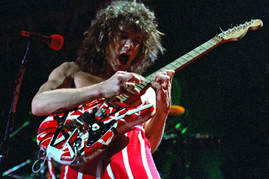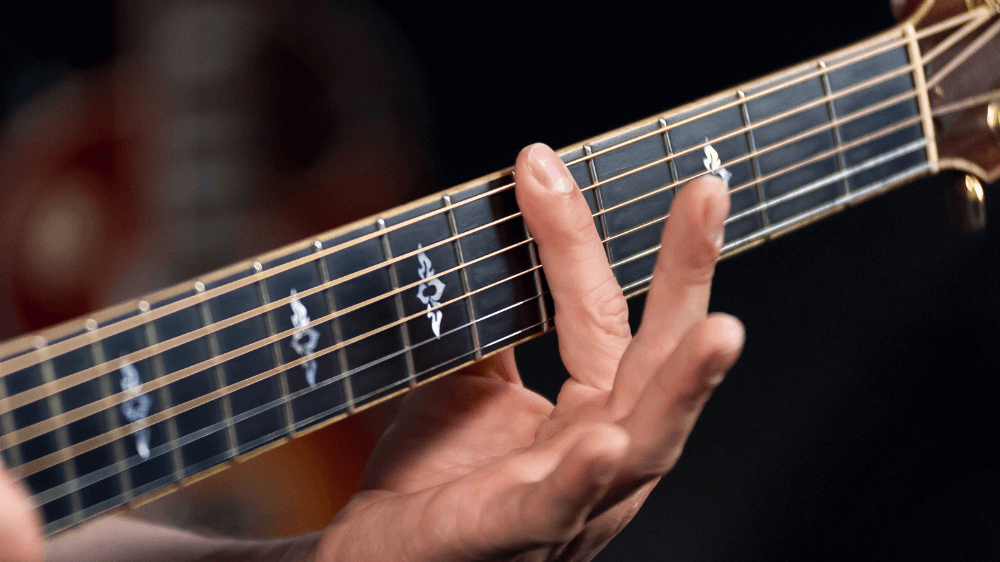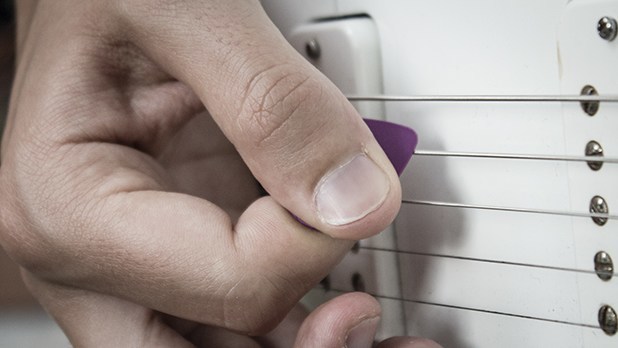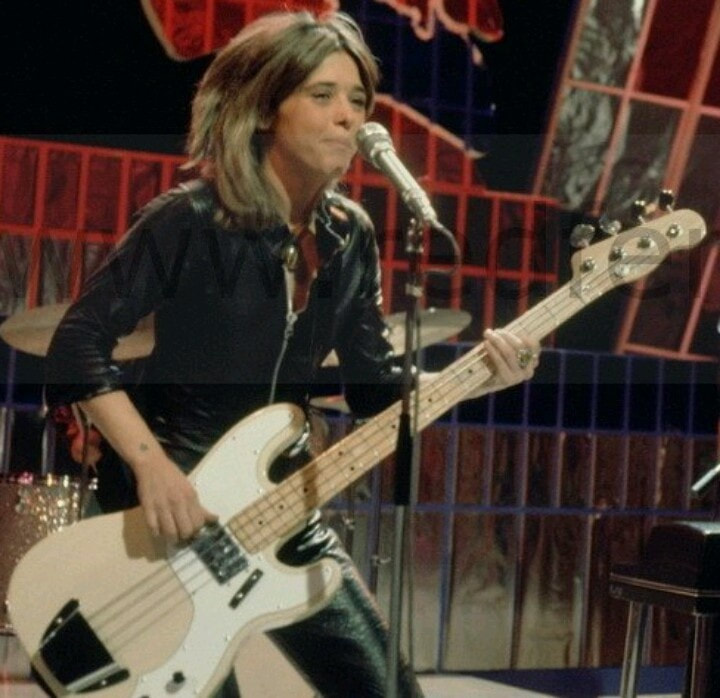|
In addition to the many picking hand techniques that exist (see my last blog entry for details), there are also several fretting hand techniques you'll need to master to play well. Synchronizing your right and left hands is an absolutely essential skill needed to play the guitar and bass well.
Here are 6 fundamental technique reminders for your fretting hand (these apply to both the guitar and bass):
Ready for your first lesson? Get in touch. The guitar has a tremendous number of right hand techniques, here are the 5 most important fundamentals beginners will need to master. (these are also applicable to the bass):
If you're looking for a guitar or bass at a big music store like the Guitar Center, the sheer volume of choice can be overwhelming. Here are some tips to whittle down the options:
Still need some more advice and guidance, including the best music stores to shop at? Get in touch - I'd be happy to discuss your needs. Contact me here >>  Eddie Van Halen Eddie Van Halen While the guitar and the bass are certainly more similar than say the drums and a trumpet, the closer you inspect them, the more divergent they become. Of course, there is the personality part of the equation, the jumping around the stage, windmill strumming and setting your guitar on fire of Eddie Van Halen, Pete Townshend and Jimi Hendrix versus the stoic, lurking in the shadows persona of John Entwistle, John Paul Jones and John Deacon.  John Entwistle John Entwistle I recommend you try and really analyze both guitar and bass parts in your favorite songs to see if one instrument speaks to you more than the other. Also watch some instructional videos by good teachers on YouTube to get a better sense of what each instrument is capable of. A final consideration in favor of the bass is the fact that good bass players will always be in demand due to their limited supply. For a more in-depth exploration of Guitar Vs Bass, see my 2-part series on the topic: part 1; part 2. People tend not to think of the bass as a melodic instrument, this is a mistake in my opinion. I believe that's because they haven't listened intently enough to great players like Geddy Lee or Chris Squire. Having experience as a guitar player can make your bass playing more melodic. (the bass master Jaco Pastorius said, as a bass player, you should learn the melody to every song you play).
Another overlooked aspect of the bass is it's ability to play chords (which, with the right voicings can be quite powerful) and even be a beautiful solo instrument. It's a great physical and mental challenge as a guitar player, to negotiate building chords and even harder to come up with solo arrangements with a bass and melody and if you're up for it, maybe even some additional inner voices. The combination of the basses bigger frets and thicker strings will increase finger and hand strength and stretching capacity plus the two fewer strings on the bass will force you to problem solve in terms of chord voicings, inversions and note placements all of which will improve your guitar playing as well. Ready for your first bass lesson? Get in touch with me here >> |
AuthorEric Hankinson Archives
December 2023
Categories
All
|
|
The Chromatic Watch Company
(my other business) |
|





 RSS Feed
RSS Feed

